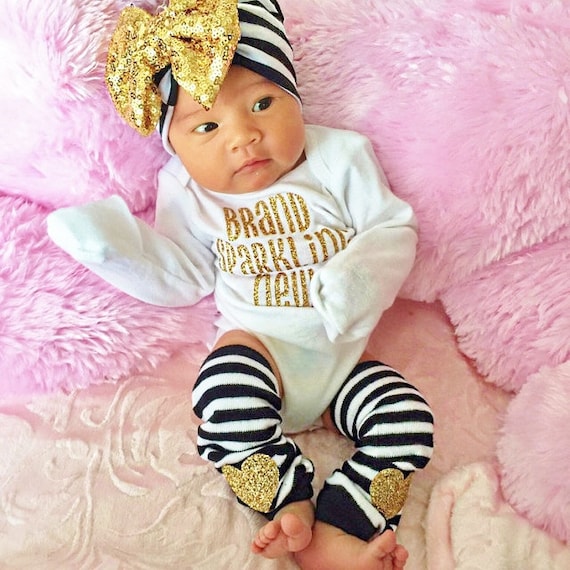
Baby Leg Warmers: A Comprehensive Guide for Parents
Introduction
Baby leg warmers, an essential accessory for infants and toddlers, provide warmth, comfort, and protection. These versatile garments come in various styles, materials, and sizes, catering to the specific needs of little ones. This comprehensive guide will delve into the world of baby leg warmers, exploring their benefits, types, materials, and proper care.
Benefits of Baby Leg Warmers
- Warmth: Leg warmers act as an extra layer of insulation, keeping babies warm and cozy, especially during colder months.
- Comfort: Soft and stretchy materials provide a gentle and snug fit, preventing chafing and irritation.
- Protection: Leg warmers shield babies’ delicate skin from scratches, bumps, and the elements.
- Style: Leg warmers add a touch of cuteness and style to any baby outfit.
- Versatility: They can be worn alone or layered under pants, dresses, or skirts.
Types of Baby Leg Warmers
- Traditional Leg Warmers: These classic leg warmers extend from the ankle to mid-thigh, providing full coverage.
- Knee-High Leg Warmers: Shorter than traditional leg warmers, these cover the legs from the ankle to just below the knee.
- Footless Leg Warmers: Similar to traditional leg warmers, but without the foot covering, allowing for greater freedom of movement.
- Stirrup Leg Warmers: These leg warmers have stirrups that wrap around the soles of the feet, ensuring a secure fit.
- Convertible Leg Warmers: Versatile leg warmers that can be worn as traditional leg warmers or as footless leg warmers by folding down the top.
Materials for Baby Leg Warmers
- Cotton: Soft, breathable, and hypoallergenic, cotton is an excellent choice for sensitive baby skin.
- Wool: Warm, moisture-wicking, and naturally antimicrobial, wool is ideal for colder climates.
- Fleece: Soft, cozy, and lightweight, fleece provides warmth without bulk.
- Acrylic: Durable, easy to care for, and available in a wide range of colors and patterns.
- Bamboo: Sustainable, breathable, and antibacterial, bamboo is a great option for eco-conscious parents.
Choosing the Right Baby Leg Warmers
When selecting baby leg warmers, consider the following factors:
- Size: Measure your baby’s leg length from ankle to thigh to determine the appropriate size.
- Material: Choose a material that suits your baby’s skin sensitivity and the desired level of warmth.
- Style: Select a style that complements your baby’s wardrobe and provides the desired coverage.
- Fit: Leg warmers should fit snugly but not too tightly, allowing for comfortable movement.
Care and Maintenance of Baby Leg Warmers
- Washing: Machine wash leg warmers in cold water on a gentle cycle.
- Drying: Tumble dry on low heat or air dry to prevent shrinkage.
- Ironing: Avoid ironing leg warmers, as heat can damage the material.
- Storage: Store leg warmers in a clean, dry place when not in use.
Conclusion
Baby leg warmers are an indispensable item for parents, providing warmth, comfort, and protection for their little ones. By understanding the different types, materials, and benefits of leg warmers, parents can make informed choices that best suit their baby’s needs. With proper care and maintenance, baby leg warmers will continue to provide comfort and style for years to come.
